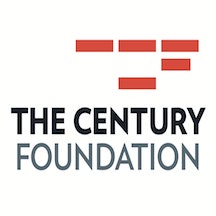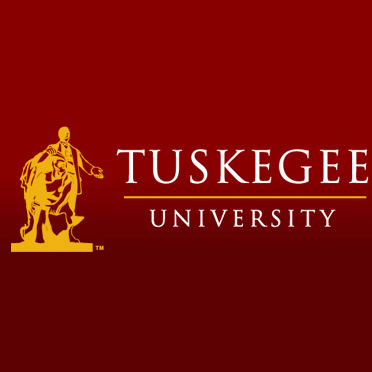 A new report from The Century Foundation shows persistent school segregation in cities across the United States.
A new report from The Century Foundation shows persistent school segregation in cities across the United States.
U.S. Department of Education data shows that today the nation’s K-12 schools are 48 percent White, 27 percent Hispanic, 15 percent Black, 6 percent Asian, 1 percent American Indian, and 4 percent multiracial. But The Century Foundation study finds that the de facto separation of students by race continues to be commonplace. As of the 2018–19 school year, one in six public school students attended schools where over 90 percent of their peers had their same racial background.
The report also notes that a contributing factor to persistent racial segregation is that “American schools today are also highly segregated by economic status. Racial redlining of neighborhoods has been replaced with exclusionary zoning policies that keep low-income families out of certain communities. Housing markets are heavily impacted by school district boundaries and attendance zones. And school choice policies create an uneven playing field for families of different socioeconomic means trying to access different schools.”
The study uses a variance ratio segregation index to rank school districts on the degree of racial segregation. If the segregation index was 0, every school would have the same racial composition — there would be no difference, for example, in the percentage of Black students in the average White student’s school versus in the average Black student’s school. If segregation were 1, it would mean both groups were totally isolated — all White students and Black students would be enrolled in completely separate schools.
The results showed that for Black and White students, the Milwaukee school district was the most racially segregated with a score of .73. Detroit, Chicago, and Newark, New Jersey all had scores of .70 or higher. New York, Cleveland, Beaumont, Texas, and Gary Indiana all had scores of .65 or higher.











The Century Foundation have it totally wrong with their study. The narrative and question that needs asked is “Why schools that are overwhelmingly majority White are never described as a ‘segregated school’ as compared to when its a majority Black American school within academia?
It appears that the majority of Whites in higher education, high school, and middle/elementary are so accustomed to a particular narrative that perpetuates negative stereotypes about primary and secondary school that are majority “Black American”. As a result, numerous flawed research studies, theories, policies, and laws are formulated based upon these questionable work. Case in point, when was the last time you seen, heard, or read about the low performing White students in Vermont or Maine not meeting APY even though the school is 95 percent White?
Interesting scenario here which begs an answer. I wonder how many related studies are similarly flawed.